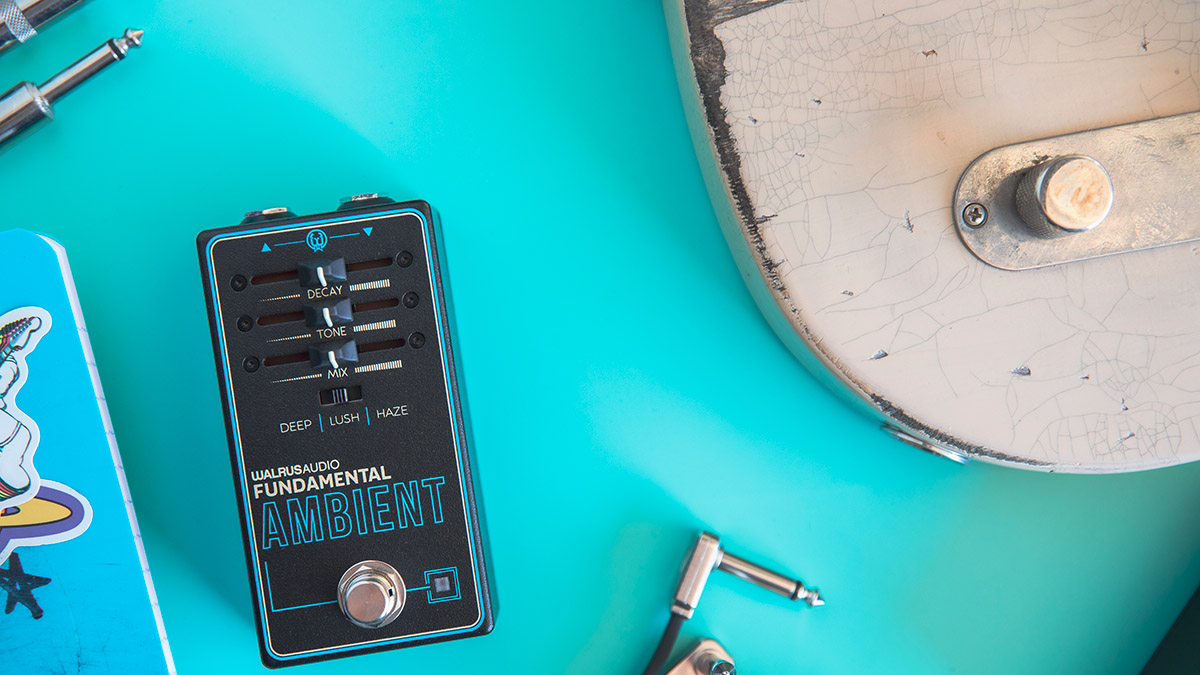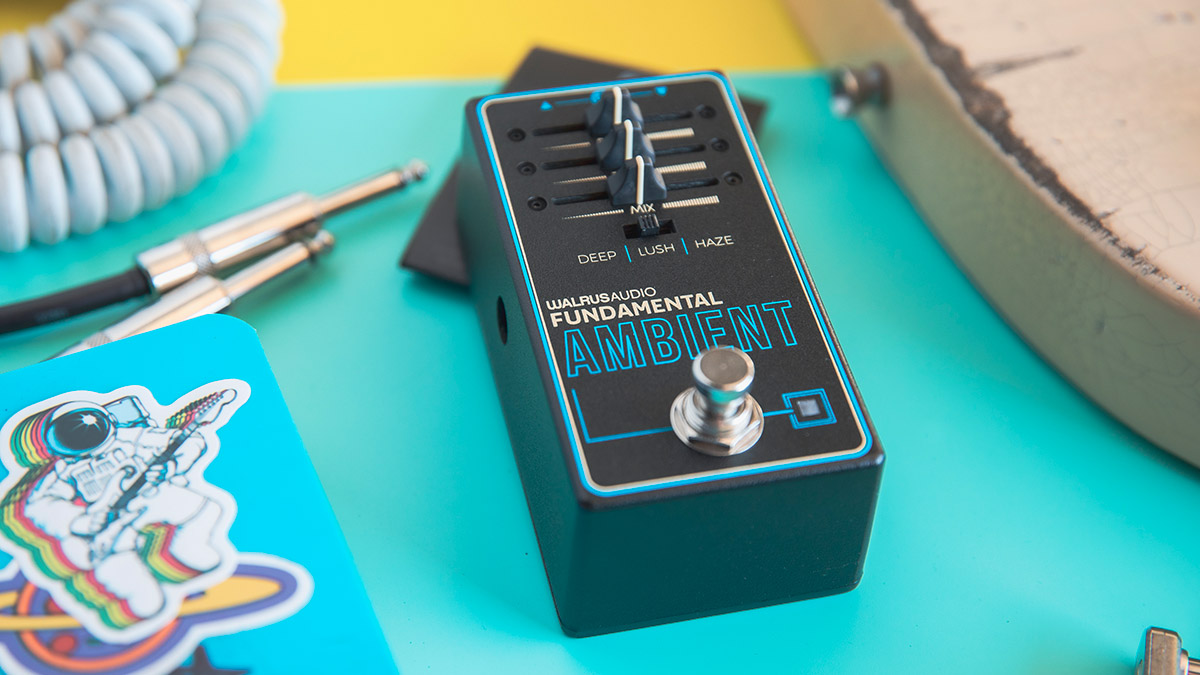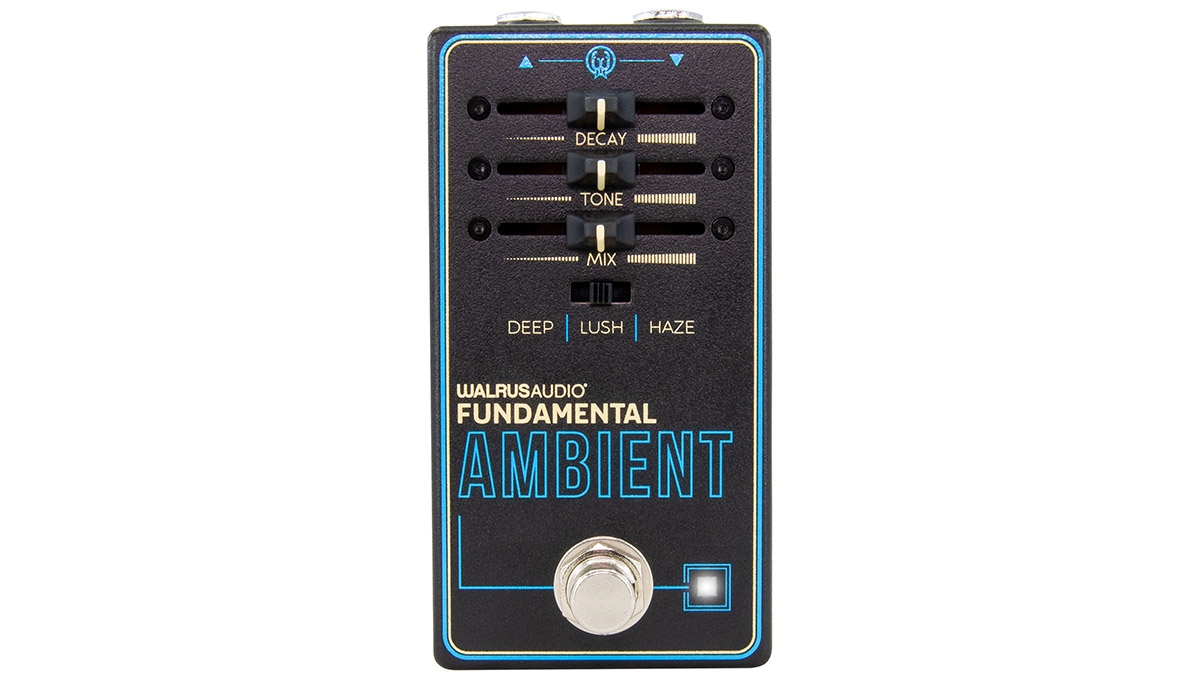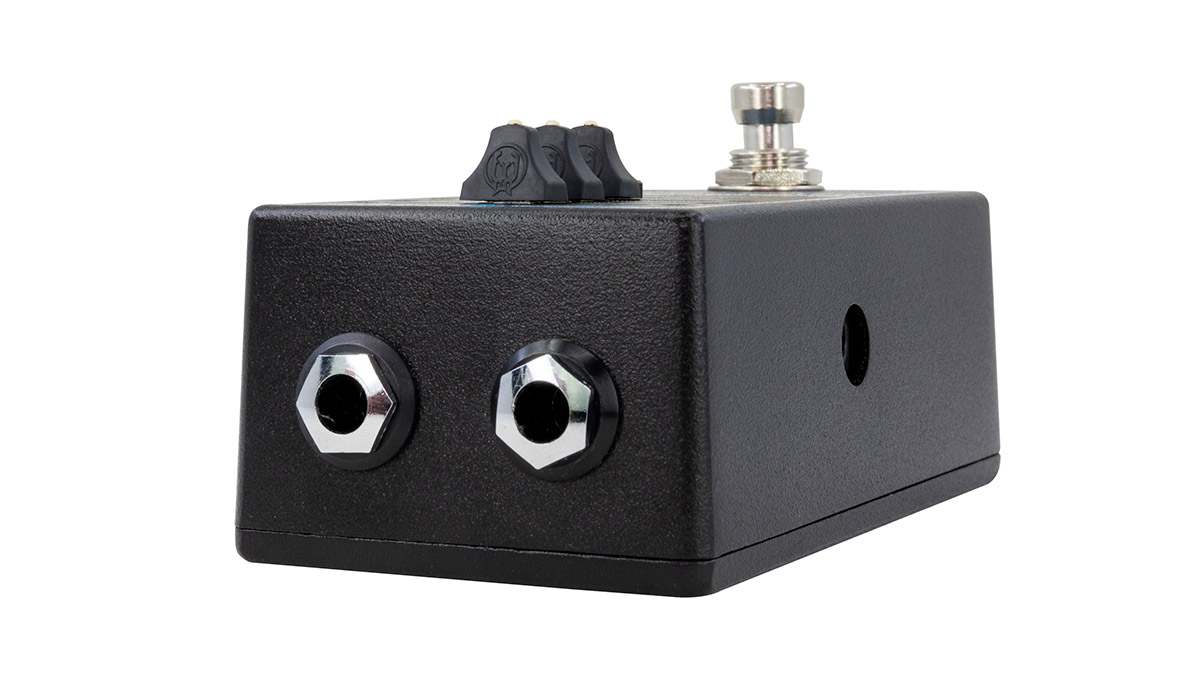“A great entry point into ambient exploration”: Walrus Audio unveils the Fundamental Ambient, a $129 reverb pedal for dreamy, affordable soundscaping
Pro-quality reverb at beginner prices? Walrus presents Deep, Lush and Haze algorithms in a user-friendly format

Walrus Audio has expanded its entry level guitar effects pedals series with the Fundamental Ambient, which is a slider-equipped reverb pedal that presents budding soundscape engineers with a trio of modes, a compact format, and an accessible price tag.
And like its siblings in the Fundamental series, one of the big talking points is that we have sliders here, not dials. If that sounds a little avant garde for your tastes, fear not. The Fundamental Ambient looks as user friendly as a multi-voiced reverb can be, with fader sliders for adjusting Decay, Tone and Mix, and a three-way selector switch to choose your reverb algorithm from Deep, Lush and Haze modes.
Deep adds a low octave to the reverb tails, which might prove essential for putting together über-noir electric guitar tones – as Walrus says, it’s “perfect for creating murky, cavernous sustain or adding a touch of moody atmosphere” .
Lush is described as a “breathy, expansive reverb featuring ultra-long sustain” while Haze offers something a little more unrefined, a lo-fi option that features distortion, sample rate reduction, and a resonant bandpass tone control, which should work a treat in degrading the sound and giving it that textured quality of something ‘broken but good’.



All three modes deliver their own version of dreamy on a pedal that makes it easy to dial in sound. Mix adjusts just that, the mix between the processed reverb and the signal coming into the pedal – and yes, you can run the Fundamental Ambient 100 per cent wet, all reverb, with your original guitar sound taken out of the equation.
Decay adjusts the size of the reverb, or the amount of time that it takes to die out. The further you turn the fader to the right, the longer the reverb.
Tone is relatively self-explanatory but it works a little differently depending on which mode you have active.
Want all the hottest music and gear news, reviews, deals, features and more, direct to your inbox? Sign up here.
On the Deep and Lush modes it operates as a “synth-style” low-pass filter, controlling the cut-off frequency.
When you are in the Haze mode it controls the width of a resonant bandpass filter, with the more you turn the fader to the right the more it filters out the highs and lows. If the fader is towards the left it will let more of those high and low frequencies through.


The Fundamental Ambient operates in trails mode by default, which means when you disengage the pedal via the footswitch, the reverb decays naturally as it would when it is on. Simply hold down the footswitch until the LED flashes to turn trails mode off and on again.
Other details of note? Well, these units are all designed and made in the USA, and we’ve got top-mounted jacks, which will please many pedalboard enthusiasts – though the side-mounted power input negates some of the space saving.
Altogether, though, £125 is not bad for a three-mode reverb pedal. For more details on the Fundamental Ambient, head over to Walrus Audio, and be sure to check out MusicRadar’s review of the Walrus Audio Fundamental Series so far.
Jonathan Horsley has been writing about guitars and guitar culture since 2005, playing them since 1990, and regularly contributes to MusicRadar, Total Guitar and Guitar World. He uses Jazz III nylon picks, 10s during the week, 9s at the weekend, and shamefully still struggles with rhythm figure one of Van Halen’s Panama.

